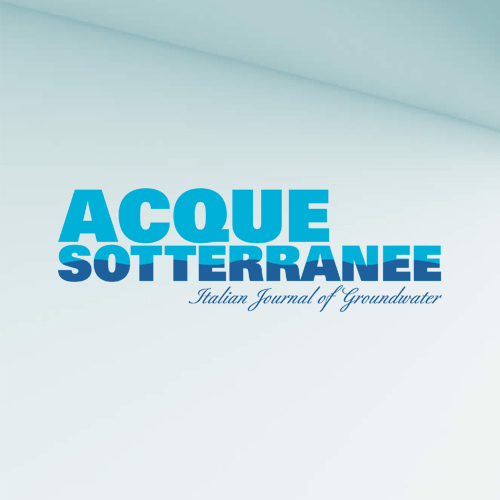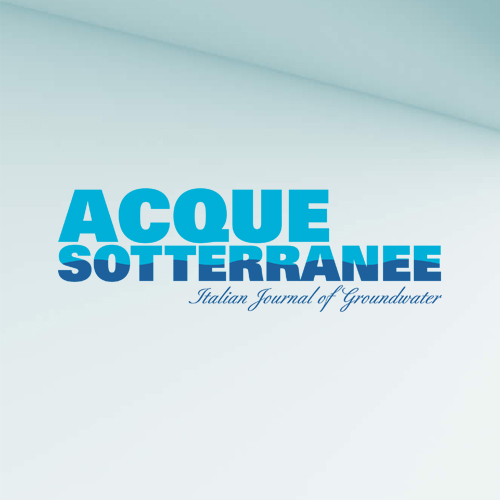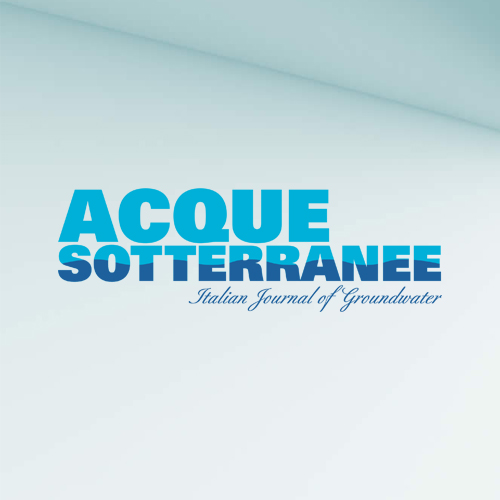Geospatial mapping and multivariate statistical analysis for assessing groundwater quality in Bou Arada-El Aroussa plain, Northwestern Tunisia
Accepted: 8 February 2025
All claims expressed in this article are solely those of the authors and do not necessarily represent those of their affiliated organizations, or those of the publisher, the editors and the reviewers. Any product that may be evaluated in this article or claim that may be made by its manufacturer is not guaranteed or endorsed by the publisher.
Authors
This paper presents an integrated study of groundwater quality for irrigation and its spatial distribution in the Bou Arada-El Arroussa plain to guide decision-makers in the development of sustainable groundwater resource management plans. Assessing water quality for irrigation in this plain involves a process that begins with statistical analysis to determine similarities between samples and group them into clusters. This is followed by principal component analysis on physico-chemical data to determine relationships between variables and visualize their independence on a correlation matrix. Statistical analyses combined with a graphical approach through diagrams such as Piper, Gibbs, Wilcox and USSL are used to better assess the properties, facies and interactions between water and minerals within the aquifer. In addition, geographic information system (GIS) tools were used to better combine water quality indices and create a map of spatial quality distribution. Clustering results and principal component analysis reveal three types of water: the first type includes samples F04, F05 and P01, characterized by high concentration of TDS. The second type consists solely of well P23, distinguished by elevated level of K+, Mg2+ and NO3– ions. The third type can be divided into two subsets: one dominated by SO42– and the other by Cl–, with additional ions such as HCO3–, Ca2+ and Na+. Major ions analyses of the Bou Arada-El Arroussa groundwater show that the order of ions abundance was SO42–>Cl–>HCO3–>Ca2+>Mg2+>NO3–>K+. Piper diagrams and ion ratios revealed three water facies similar to the results obtained from the cluster analysis dendrogram: Ca-Mg-SO4, mixed and Na-Cl facies. The water hardness index (TH) classifies water samples into hard-brackish water category due to their high magnesium and calcium content, which is crucial for plant growth especially in agricultural area. The investigation of the relationship between water chemistry and mineralogical composition of the studied aquifer system reveals that all groundwater samples fall in the field corresponding to the water-rock interaction, with the exception of F04 and F05 showing a predominant evaporation. The Chadha diagram shows that the majority of samples are located in the reverse ion exchange zone, reflecting the exchange between groundwater and clay minerals. The USSL diagram shows that the majority of samples belong to the C3-S1 category, reflecting that the water is not suitable for irrigation due to the high salinity content. Evaluation of irrigation water quality using quality indices revealed that the majority of samples are within the standards for agricultural use. A multi-criteria analysis on the indices layers (SAR, SSP, PS, RSC, Na% and IWQI) created a synthesis map of the spatial distribution of the water quality. This map reveals that the western part of the Bou-Arada El Arroussa plain contains good-quality water, while the Eastern part contains the poorest quality related to the upwelling of poor-quality deep water.
How to Cite

This work is licensed under a Creative Commons Attribution-NonCommercial 4.0 International License.
PAGEPress has chosen to apply the Creative Commons Attribution NonCommercial 4.0 International License (CC BY-NC 4.0) to all manuscripts to be published.
Similar Articles
- Francesco Magi, Jacopo Cabassi, Francesco Capecchiacci, Chiara Caponi, Luciano Giannini, Barbara Nisi, Stefania Venturi, Enrico Pandeli, Andrea Ricci, Franco Tassi, Orlando Vaselli, The acidic waters in Italy: a brief overview , Acque Sotterranee - Italian Journal of Groundwater: Vol. 7 No. 4 (2018)
- Paolo Cerutti, [Ground sorce heat pump systems, “superbonus”, opportunities for the economy and the environment] , Acque Sotterranee - Italian Journal of Groundwater: Vol. 10 No. 4 (2021)
- Paolo Cerutti, [Closed loop low enthalpy geothermal systems for underground heat exchange: public records, available data, implications for planning] , Acque Sotterranee - Italian Journal of Groundwater: Vol. 13 No. 3 (2024)
- Dimitra Rapti, Salvatore Masi, Francesco Sdao, SIVRAD: an integrated system for the assessment of the environmental risk from solid waste landfills - Guidelines , Acque Sotterranee - Italian Journal of Groundwater: Vol. 10 No. 2 (2021)
- Anna Maria Bilotta, Giovanni De Caterini, Alessio Argentieri, [Vattenriket: the Water Kingdom (Scania County, Sweden)] , Acque Sotterranee - Italian Journal of Groundwater: Vol. 10 No. 3 (2021)
- Paolo Cerutti, [General states of Geothermal - Rome, 16 June 2022] , Acque Sotterranee - Italian Journal of Groundwater: Vol. 11 No. 2 (2022)
- Paolo Cerutti, [Low-enthalpy geothermal systems and regulation: the monitoring of closed loop] , Acque Sotterranee - Italian Journal of Groundwater: Vol. 14 No. 1 (2025)
- Paolo Cerutti, Moreno Fattor, [Underground Heat-Exchange and Geothermal Heat Pumps for decarbonization] , Acque Sotterranee - Italian Journal of Groundwater: Vol. 10 No. 2 (2021)
- Rudy Rossetto, Iacopo Borsi, Closing the year 2021… being on track for 2022! , Acque Sotterranee - Italian Journal of Groundwater: Vol. 10 No. 4 (2021)
- Manuel Sapiano, The 6th National Meeting on Hydrogeology Flowpath 2023 , Acque Sotterranee - Italian Journal of Groundwater: Vol. 12 No. 3 (2023)
<< < 29 30 31 32 33 34 35 > >>
You may also start an advanced similarity search for this article.


 https://doi.org/10.7343/as-2025-816
https://doi.org/10.7343/as-2025-816










